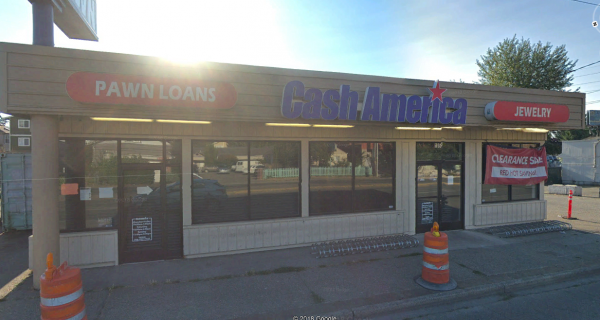The Seattle office market is the harbinger of the real estate economy. The size and volume of space and its use affect all areas of real estate. Amazon (17 million) and Microsoft (12.6 million) square feet plus Meta and Google with another 4 million square feet clearly dominate our market (34 million square feet). The next five office users combined total just 5.79 million square feet. Office use is the seed of support for retail, thus when occupancy reports show downtown office occupancy in Seattle at only 55% of pre-pandemic levels and there are vast gaps of retail vacancy, it becomes easier to understand.
When Microsoft announces a decline in their Bellevue workforce, moves out of their Eastgate office space, announces a non-renewal of 750,000 square feet in the Bravern Towers in Bellevue, T Mobile cuts 5,000 jobs and remote work is still the norm, there is a need to sit up and take notice.
A recent article for a major developer with a portfolio of 30 buildings is illustrative. Vacancies are over 21%, income is down over 20% and leasing volumes in the market are less than half. The costs to operate the buildings continue to increase, while vacant space still needs to be serviced, and the debt service does not change. The announcement of the potential default of a building by City Hall, going to foreclosure is only the tip of the iceberg that Seattle Commercial Real Estate sees on the horizon for the downtown Seattle office market. The major developer has followed a key investment philosophy of Seattle Commercial Real Estate. That philosophy has a debt of 60% or less and cash reserves in the bank to cover one year of all expenses. Our philosophy is about to get severely tested.




